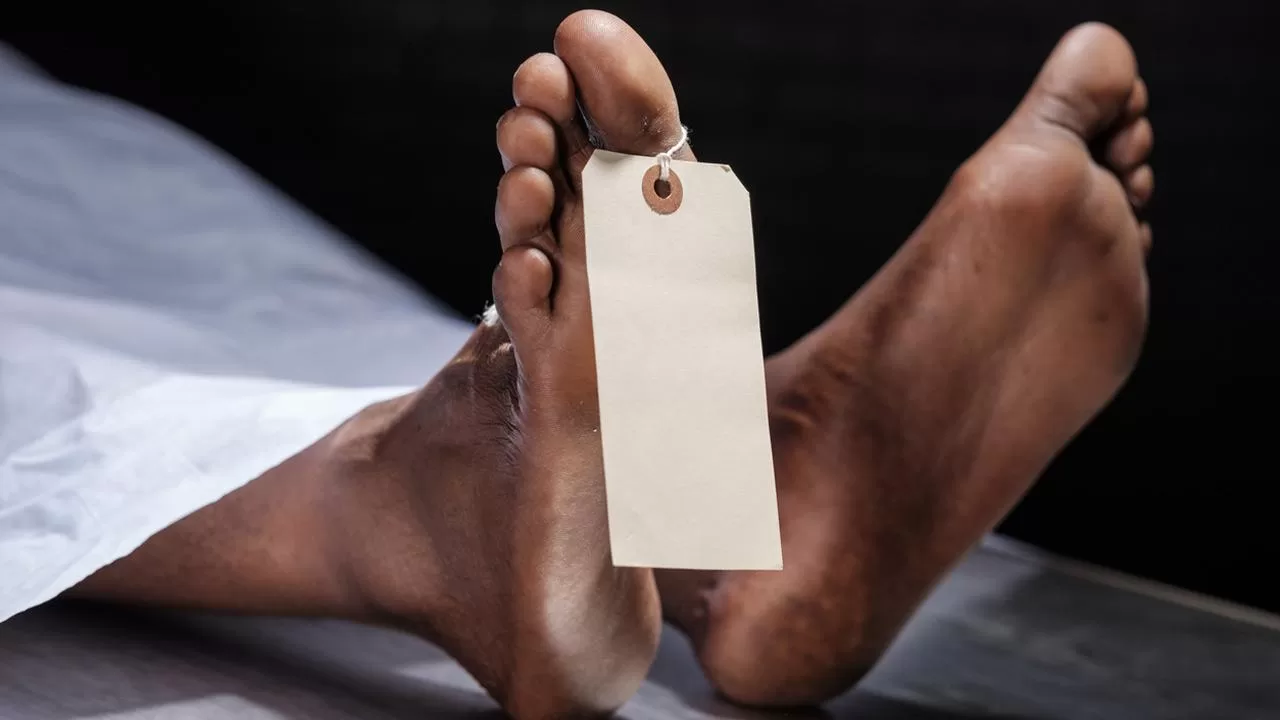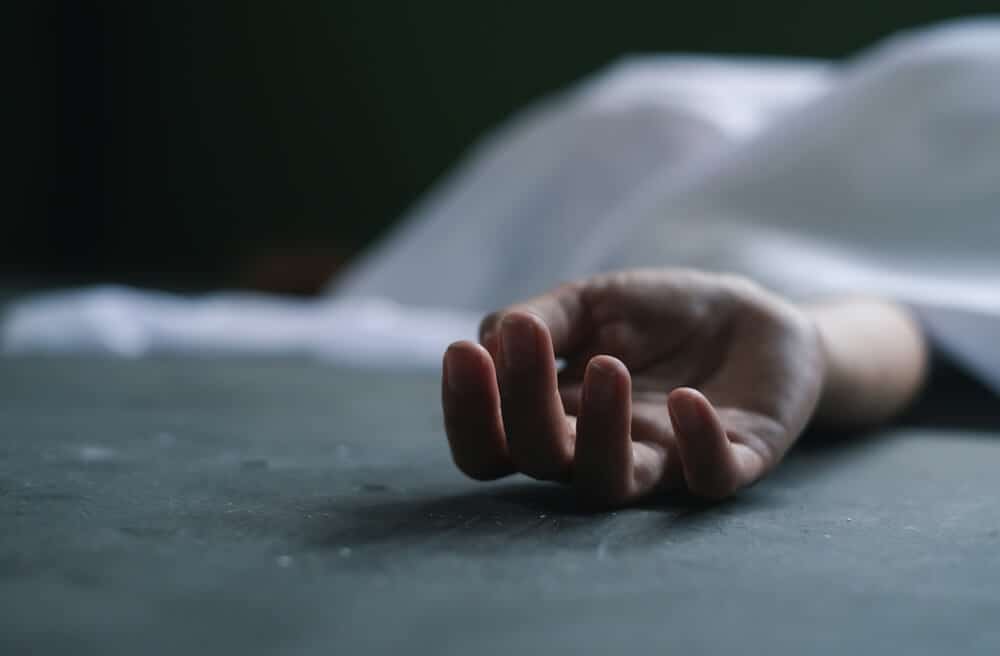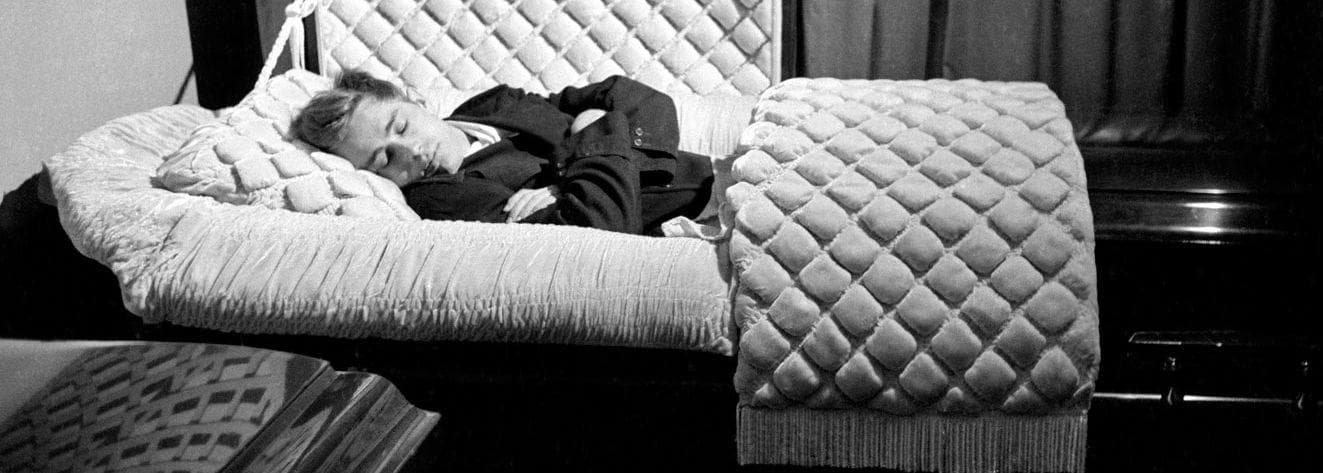Human beings have long been fascinated by the mysteries of life and death. While the spiritual and metaphysical aspects of what happens after death remain unanswered, science provides a clear understanding of the physical processes that take place once the body ceases to function.
Decomposition is a natural biological process in which the body gradually returns to the environment. The rate and nature of decomposition vary based on factors such as temperature, moisture levels, presence of bacteria, and the surrounding ecosystem. Scientists and forensic experts have classified decomposition into eight distinct stages, each with its own defining characteristics.
1. Pallor Mortis: The Immediate Changes After Death
Pallor mortis, meaning “paleness of death,” occurs almost immediately after the heart stops beating. This process happens due to the cessation of blood circulation, which causes blood to settle, leading to a loss of the body’s natural color. Gravity begins to influence how the remaining blood distributes itself, and the skin gradually appears pale.
This stage provides an early clue in forensic investigations as it helps estimate the time of death.
Timeframe: Within 15 to 25 minutes post-mortem.

2. Algor Mortis: The Cooling of the Body
Known as the “coldness of death,” algor mortis describes the gradual cooling of the body as it adjusts to ambient temperature. Because the body’s ability to regulate heat ceases, external conditions play a crucial role in determining how quickly cooling occurs. Factors such as clothing, body fat, and surrounding temperature affect the rate at which heat dissipates.
In forensic science, measuring body temperature can be a useful tool in approximating time of death.
Timeframe: Begins about 1 hour post-mortem and continues for several hours.

3. Rigor Mortis: Muscle Stiffening
Rigor mortis, or the “stiffness of death,” is the stage where muscles contract and become rigid due to biochemical changes. This occurs because, without oxygen, the body can no longer produce the necessary chemical reactions to keep muscles relaxed. The process begins in smaller muscle groups, such as the face and jaw, and progresses to larger muscle groups.
After reaching peak stiffness, rigor mortis gradually subsides as muscle tissues begin to break down.
Timeframe: Starts around 2 hours post-mortem, peaks at 12 hours, and dissipates by 48 hours.
4. Livor Mortis: Blood Settling and Discoloration
Livor mortis, or “post-mortem lividity,” refers to the purplish discoloration of the skin as blood settles in lower-lying areas due to gravity. In the early stages, pressing on the skin can temporarily alter its color, but after several hours, these marks become permanent.
Forensic pathologists use livor mortis to determine whether a body has been moved after death, based on how blood has pooled.
Timeframe: Begins within 20 minutes and becomes fixed after 12 hours.

5. Putrefaction: The Breakdown of Internal Structures
Putrefaction is a critical stage in decomposition where bacteria, primarily from the intestines, start breaking down internal tissues. This process leads to the release of gases and fluids, causing visible bloating in the body. As a result of bacterial activity, decomposition odors begin to develop.
Temperature and environmental factors significantly affect the rate of putrefaction. In cold conditions, the process slows down, while in warm and humid environments, it accelerates.
Timeframe: Typically starts 1 to 2 days after death and lasts for up to two weeks.
6. Decomposition: Breakdown into Organic Matter
Decomposition is the process in which complex organic materials break down into simpler components. As bacteria, fungi, and other microorganisms continue their work, tissues begin to liquefy, leaving behind bones and other more resilient structures. In this stage, external factors like insects and scavengers can play a role in expediting decomposition.
Forensic experts use decomposition stages to estimate post-mortem intervals (PMI) in forensic cases.
Timeframe: Can last anywhere from two weeks to several years, depending on conditions.
7. Skeletonization: The Final Stage of Decomposition
Skeletonization occurs when all soft tissues have been removed, leaving only bones behind. This process is influenced by soil composition, moisture, and temperature. In dry environments, bodies may mummify instead of fully skeletonizing, preserving soft tissue for extended periods.
In some cases, skeletal remains may provide long-term forensic clues that help in identifying individuals even years after death.
Timeframe: 3 weeks to 5+ years, depending on environmental conditions.

8. Fossilization: The Rarest Form of Preservation
In rare cases, bones can undergo fossilization, where minerals replace organic material over thousands of years. This process preserves the structure of bones and provides invaluable insights into ancient civilizations and prehistoric species.
While fossilization is not a common occurrence, it represents the longest-lasting form of preservation known to science.
Timeframe: Thousands to millions of years.
Environmental Factors That Affect Decomposition
The speed and manner in which a body decomposes depend on various factors, including:
- Temperature: Warm conditions accelerate decomposition, while cold temperatures slow it down.
- Moisture Levels: High humidity speeds up bacterial activity, whereas dry conditions can lead to mummification.
- Soil Composition: Acidic or alkaline soils can affect the rate at which remains break down.
- Scavengers and Insects: Insects like blowflies and scavengers like vultures contribute to decomposition by consuming soft tissues.
- Water Submersion: Bodies submerged in water decompose differently, with slower bacterial activity but increased aquatic life involvement.
The Role of Forensic Science in Understanding Decomposition
Forensic scientists and pathologists study decomposition to help determine time of death, manner of death, and environmental influences on remains. Decomposition research also aids law enforcement in crime scene investigations and missing person cases.
Modern technology, such as forensic entomology (the study of insect activity on remains) and forensic anthropology (the study of skeletal remains), provides critical tools for forensic experts in solving mysteries surrounding human remains.
Conclusion: The Natural Process of Returning to the Earth
Death is a universal aspect of life, and decomposition is an essential biological process that ensures nutrients return to the ecosystem. Understanding the stages of decomposition helps both forensic scientists and the general public appreciate the intricate processes that govern the natural cycle of life.
While the subject of decomposition may seem unsettling, it provides valuable knowledge that aids forensic science, anthropology, and environmental studies. With each scientific discovery, we gain a deeper understanding of both life and death, ensuring that the mysteries of human existence continue to be explored with respect and curiosity.

